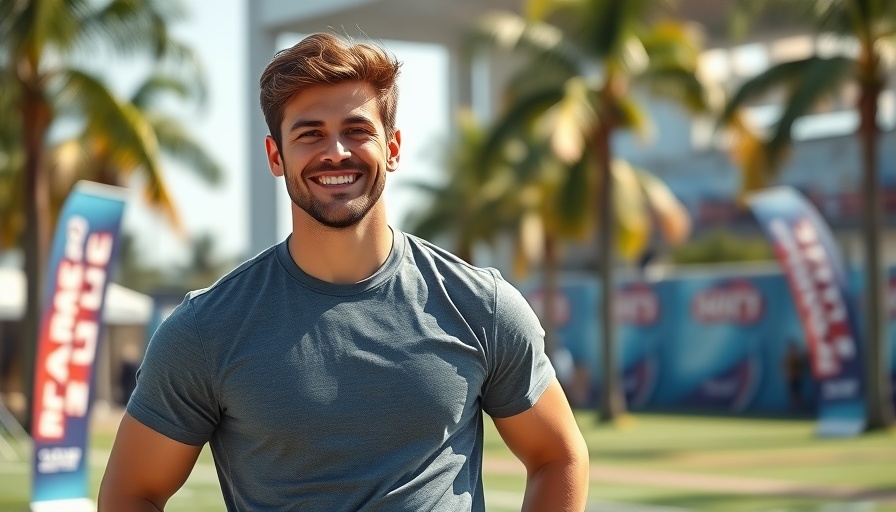
The Bike Arsenal of a Pro Triathlete: What to Expect
It's an intriguing question that might pop into anyone's mind while watching elite athletes compete in a triathlon: How many bikes does a pro triathlete actually own? Surprisingly, many triathletes have a staggering number of bikes at their disposal. After an insightful video with professional triathletes, we learned that owning an impressive fleet of bicycles is not just a luxury; it’s a necessity for competitive training and performance.
In 'How Many Bikes Does A Pro Triathlete Actually Own?', the discussion dives into the fascinating lifestyle and preparation of professional triathletes, prompting us to analyze their unique needs and choices.
Why So Many Bikes? The Diversified Needs of Triathletes
As we explored in the video, pro triathletes often have multiple bikes tailored for different purposes. For example, one athlete mentioned owning "13 or 14" bikes, including road, time trial (TT), mountain, and even gravel bikes. This diversity allows them to train effectively across various terrains and race settings, optimizing their physical training for each event.
A triathlete's bike choice directly influences their performance. Each type of bike serves a unique purpose. Road bikes are designed for speed and distance, TT bikes are built for aerodynamics during races, and mountain bikes cater to off-road trails. Successful training requires adaptation based on specific race conditions, making this variety essential for achieving peak physical performance.
Race Preparation: Planning for Success
In the competitive world of triathlon, thorough preparation is paramount. According to the athletes in the video, the majority plan to tackle multiple races each year—often up to eight events! This includes full Ironmans, half-distance events, and various challenges tailored to their expertise and training plans.
For many, the off-season or preparation phases may also include experimenting with new bikes or equipment to fine-tune their setup. These choices can impact physical training and strategy during key races ahead. By selecting the right bike, athletes enhance their fitness levels and ensure they are race-ready when the big day arrives.
Making Tough Choices: Goggles or Socks?
Interestingly, the video presented a light-hearted yet revealing question: If given the choice, would you rather compete in an Ironman without goggles or without socks? Many athletes stated they'd sacrifice socks to ensure they maintained clear vision during the swim portion—a charming representation of how priorities shift in competitive sports. This discussion further emphasizes the mental preparedness that goes hand-in-hand with physical training.
In training, having optimal visibility and comfort can enhance overall performance, making the decision regarding gear crucial. Triathletes must prioritize their physical training while developing their mental resilience for challenges they face during races.
Engaging with Our Audience: Your Thoughts?
If you’ve ever wondered about the intricate lifestyle of a triathlete, this video certainly sheds light on their journey. How many bikes do you think a triathlete truly needs? Is there a particular aspect of triathlon training that fascinates you? We’re eager to hear your thoughts! Leave your answers in the comments!
As you consider embarking on your own fitness journey, whether it’s a 5K or a triathlon, remember that making informed choices about equipment can set you on the path towards success. Engage in the community, seek advice, and don’t hesitate to share your experiences. Your journey towards a healthier lifestyle is uniquely yours, so make the most out of it!
 Add Row
Add Row  Add
Add 


Write A Comment